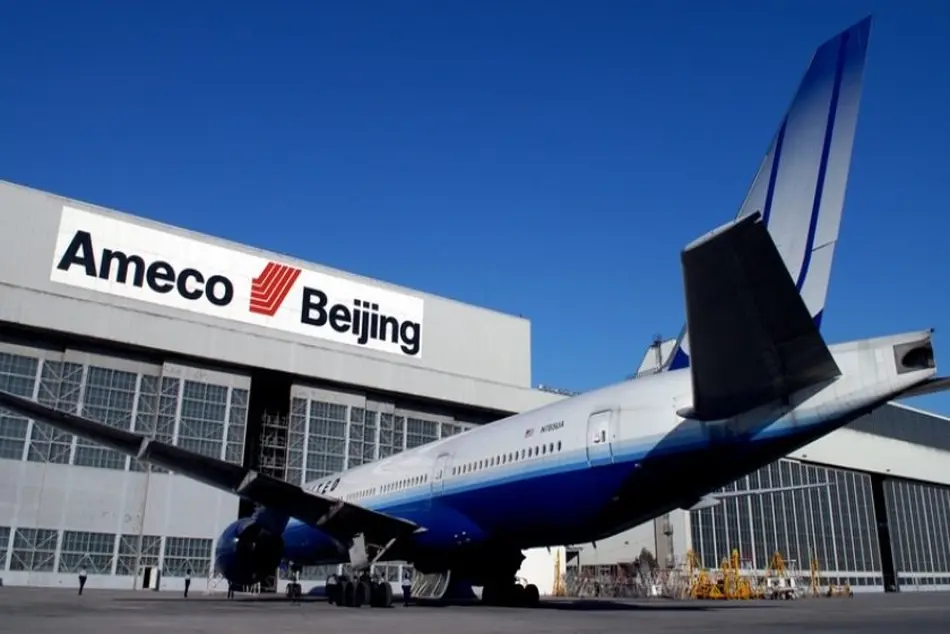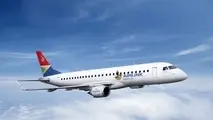Embraer Report Shows Secondary Markets Key To Chinese Airline Profits
The long-term profitability of Chinese airlines depends on shifting away from hyper-competitive trunk routes and toward underserved “blue ocean” markets, according to a report published by Embraer.

The long-term profitability of Chinese airlines depends on shifting away from hyper-competitive trunk routes and toward underserved “blue ocean” markets, according to a report published by Embraer.
The report highlights that passenger traffic has surpassed pre-pandemic levels and is forecast to reach 1.5 billion by 2035, yet margins remain under sustained pressure.
According to Embraer’s analysis, more than 65% of domestic flights and over 75% of available seat kilometers (ASK) are concentrated on major trunk routes, where multiple carriers overlap and compete aggressively on price. High-speed rail (HSR) further erodes pricing power on routes under 1,000 km (621 mi.), pushing airlines toward continual fare discounting and larger-gauge aircraft that often exceed market demand.
“The recovery in passenger numbers has proven China’s market potential, but it’s clear that volume alone cannot restore airline profitability,” says Patrick Peng, managing director of Embraer China. “Our analysis shows that the future of profitability lies in operational excellence and strategic choices. It hinges on a combination of pricing power, targeted expansion into ‘blue ocean’ markets and fleet differentiation with right-sized aircraft.”
The report draws a distinction between “red ocean” markets—major city pairs saturated by overlapping capacity—and the “blue ocean” of underserved Tier 2, 3 and 4 cities, non-HSR domestic routes, short-haul international links and secondary point-to-point markets. These segments, Embraer argues, often support monopoly or duopoly conditions, enabling airlines to rebuild yield discipline and escape constant fare wars.
“Carriers that master this strategic approach will be the ones to transform China’s immense traffic growth into durable financial success,” Peng adds.
Embraer’s modeling identifies more than 900 underserved city pairs, including 185 domestic non-HSR pairs that could sustain at least three frequencies per week. Many smaller and midsized airports, such as Huizhou, Dalian and Quanzhou, show large numbers of unserved or underserved routes that could be viable with the right gauge of aircraft.



